CREO Mark 1 hands-on: Decent hardware backed by excellent software
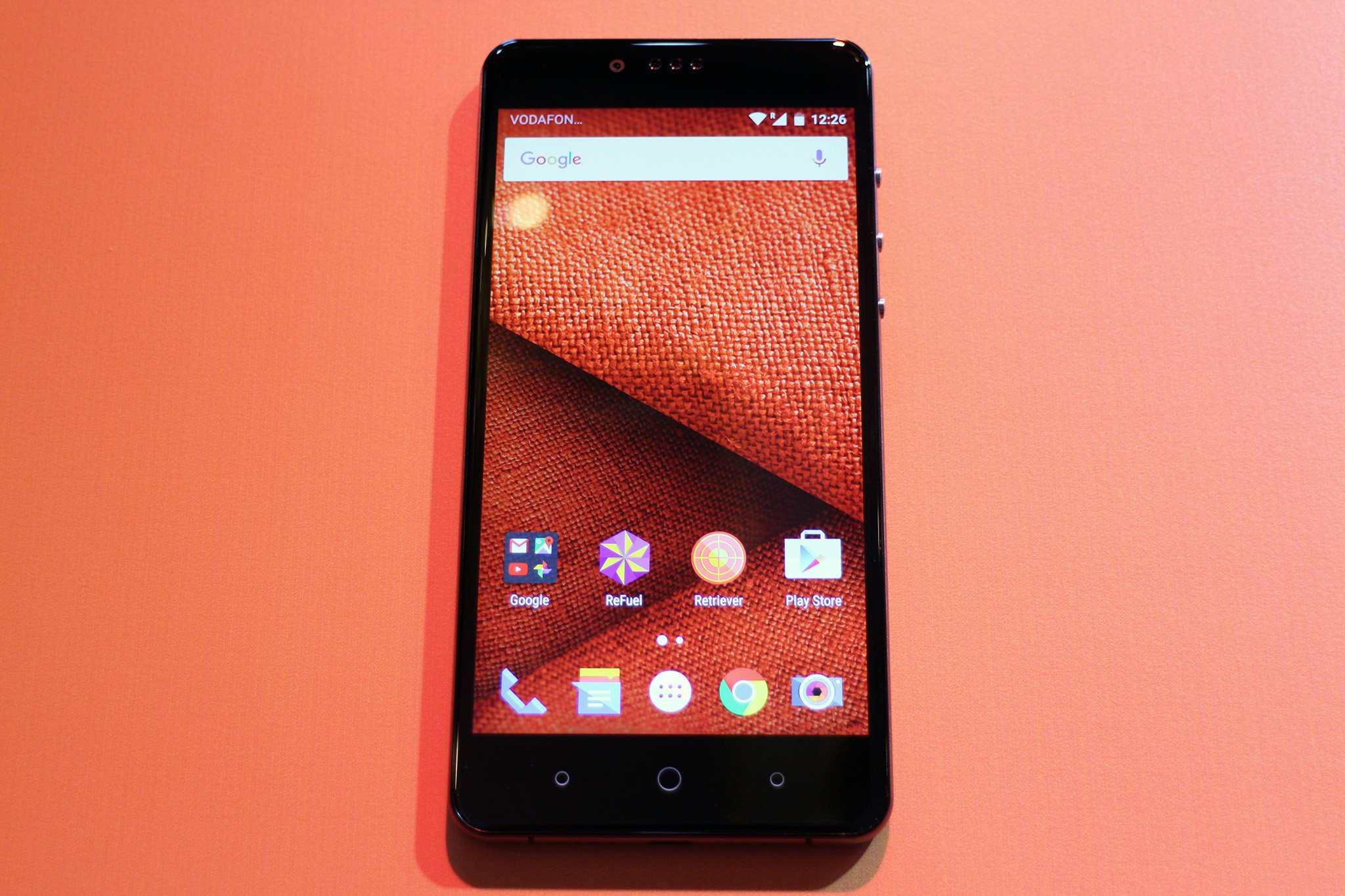
CREO is an Indian vendor with a difference. The company has made its foray into the world of Android with the Mark 1, which will go on sale later this month on Flipkart for ₹19,999. While the phone offers decent hardware for its asking price, it is the software on offer that will entice users.
Let's talk about the hardware powering the device, as that plays a major role in how the software functions. The Mark 1 comes with a 5.5-inch Quad HD LCD display, which was detailed and full of contrast in the limited time we used the device. We'll have to spend some more time with the phone before coming to a conclusion about the screen. That said, there's no other device available for under ₹20,000 that offers a QHD display.
The design sees 2.5D curved glass at the front and back, protected by Gorilla Glass 3. The metal frame adds rigidity to the phone, and the overall weight at 195g is on the heavier side considering its size. That said, it does feel great in-hand. The power and volume buttons are made out of metal, and are solid and clicky. There's also a custom engraving option, which lets you engrave up to 40 characters on the side of the phone.
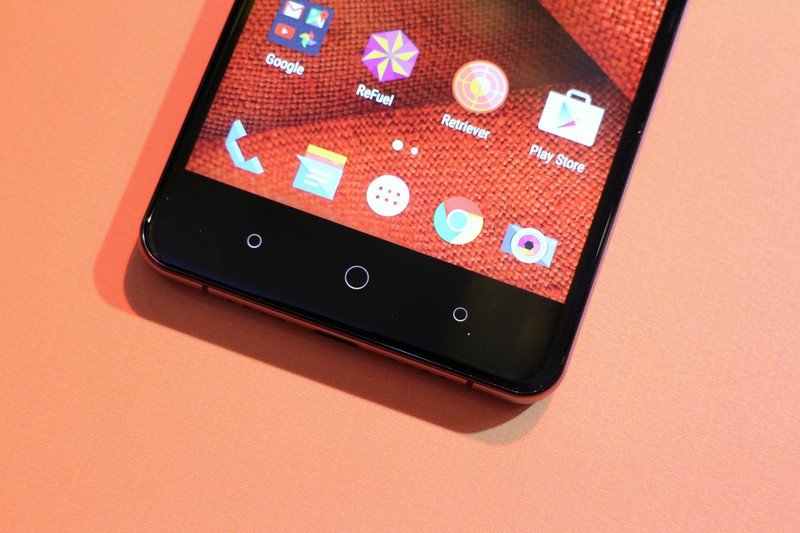
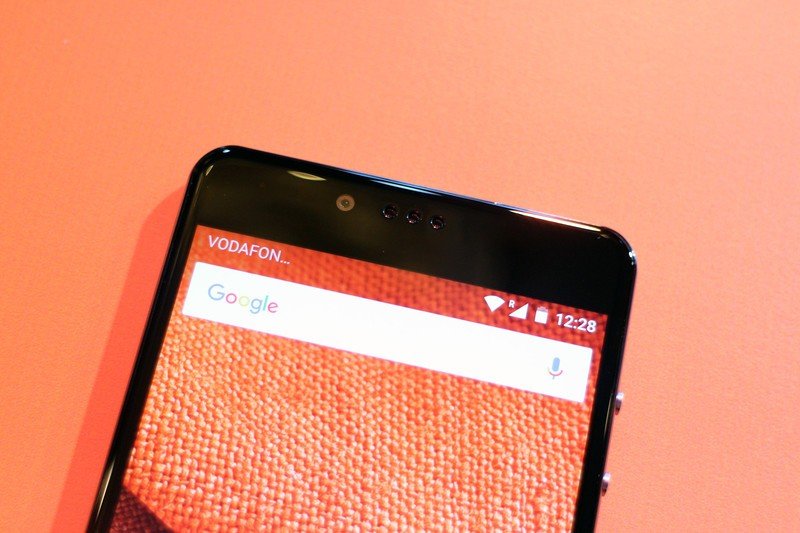
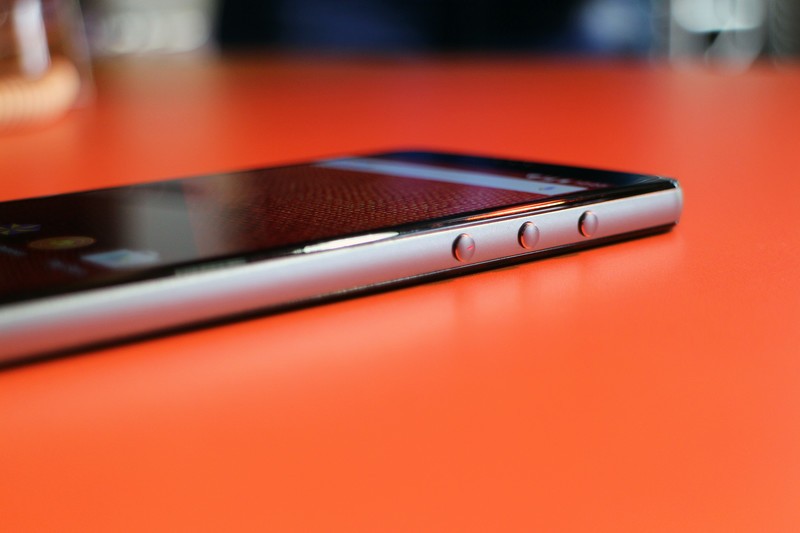
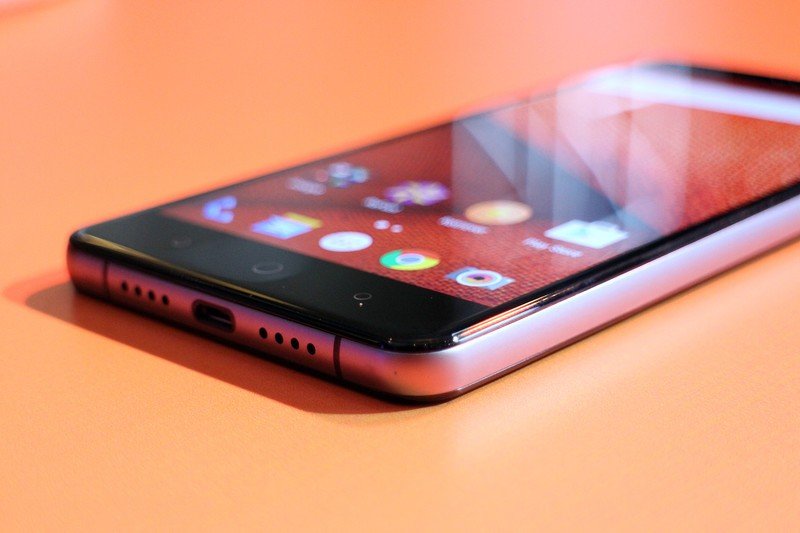
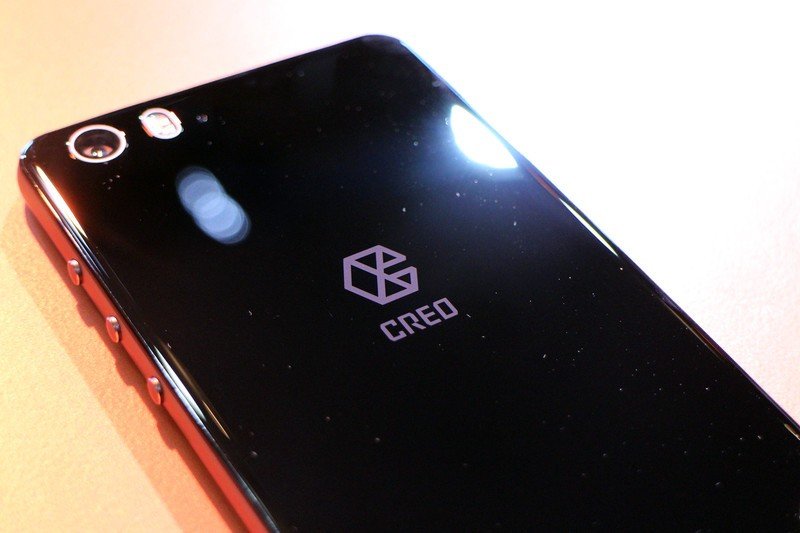
Powering the Mark 1 is the MediaTek Helio X10 SoC with a 1.95GHz octa-core CPU. You also get 3GB of LPDDR3 RAM, 32GB of storage, a microSD slot that can accommodate Sd cards up to 128GB in size, 21MP camera with 4K video and Full HD slow-motion video at 120fps, Wi-Fi ac, Bluetooth 4.2, LTE, and a 3100mAh battery.
Overall, you're getting a phone that feels fast and devoid of any lags, and that's all down to software optimization.
Software is sexy again
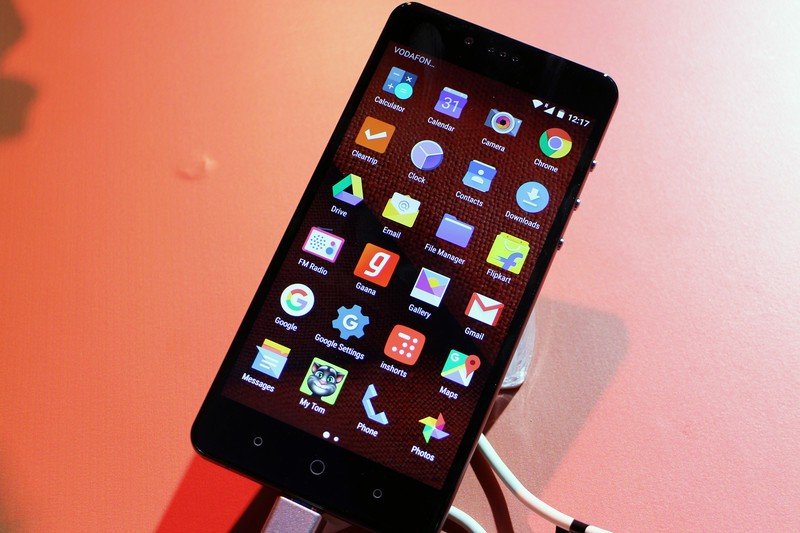
Micromax, Karbonn, and Intex are generally content with buying off-the-shelf hardware from Chinese production lines, adding a few pre-installed apps, and putting the product up for sale.
CREO, meanwhile, has created a forked version of Android with custom software features that the vendor says will deliver real value to users. Based on what we've seen with the handset, that's not far from the truth. The base user interface is stock Android, and CREO has layered its services on top, and the end result feels closer to what you get with Motorola's phones than say, a Xiaomi or Huawei handset.
Be an expert in 5 minutes
Get the latest news from Android Central, your trusted companion in the world of Android
The vendor is stating that it will deliver one breakthrough feature on a monthly basis to the Mark 1. CREO will lean heavily on its user community for feature suggestions. While it seems like a tall order, the vendor states that it is already working on features that will make their way into the handset two or three months from now, with a team of 70 engineers working to ensure that the final result is stable and glitch-free.
The Mark 1 is a Compatible fork, which means that it is based on the Android Open Source Project, passing the Android Compatibility Definition Document and Google's Compatibility Test Suite. What this means is that the device comes with Google Mobile Services (Play Store, Chrome, Gmail, YouTube, and others) out of the box.
Examples of compatible forks include CyanogenMod and MIUI, which have a cumulative userbase of over 200 million around the world. This is the first time an Indian vendor is offering a forked version of Android with its own suite of services.
CREO's model of community-driven feedback and feature suggestions is reminiscent of Xiaomi does with MIUI, but unlike the Chinese vendor, CREO is content with offering a stock interface, instead focusing its attention on services that can be a differentiator. The vendor noted during the launch: "We don't want to fix what isn't broken."
Powered by Fuel
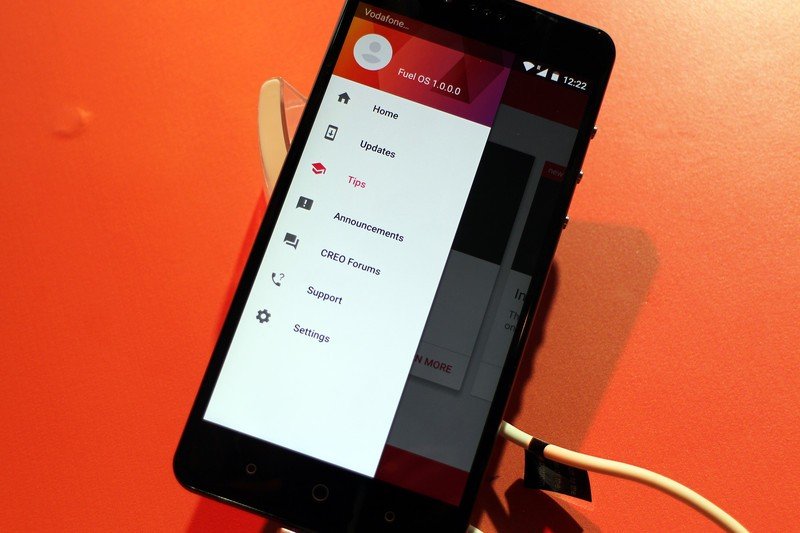
CREO's custom interface is called Fuel OS, which runs on Android 5.1.1 Lollipop. The vendor has mentioned that Marshmallow is in the testing stages, and will be rolled out within a few months. Fuel OS is basically a suite of services on top of stock Android, and as such you get a stock app launcher, notification shade, and lockscreen. CREO hasn't fiddled with the user interface in any way, only adding features it deems will make a difference.
At launch, the vendor is focusing on three services: Sense, Echo, and Retrieve. Sense is similar to what you get with Spotlight on iOS, but you can access the feature even when you're not on the home screen. All you need to do to launch Sense is double tap the home button from any app. The feature works as advertised, and is efficient at collating data from several sources. If you have a lot of apps installed, it is easier to just use Sense to type what you're looking for than go through page after page of apps. Voice search is missing, but it could be a feature that gets added at a later date.
Echo is a service that has a lot of potential in a market like India. It is an integrated answering machine, and you can customize messages on a per-contact basis. If you're unable to take a call, the service steps in with your customized message, after which callers have the ability to leave a voice message. All messages are stored locally on the device. The feature works across carriers, and is free to use.
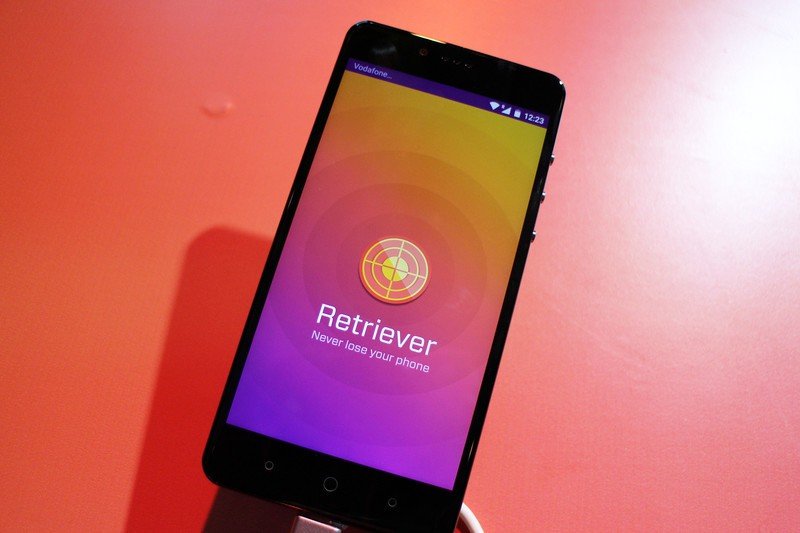
Retriever is also a nifty addition, and is a hardware-based anti-theft solution. Even if you lose your phone and the device's storage has been erased, you will receive alerts as soon as a new SIM card is inserted, with the location and the number registered to that SIM card. The feature works by isolating your IMEI number and using GPS to locate the position of the SIM card.
We've barely scratched the surface with the Mark 1. We'll be taking an extensive look at the software features and how they integrate with the hardware in the coming weeks. In the meantime, let us know what you think of the device in the comments.

Harish Jonnalagadda is Android Central's Senior Editor overseeing mobile coverage. In his current role, he leads the site's coverage of Chinese phone brands, networking products, and AV gear. He has been testing phones for over a decade, and has extensive experience in mobile hardware and the global semiconductor industry. Contact him on Twitter at @chunkynerd.
